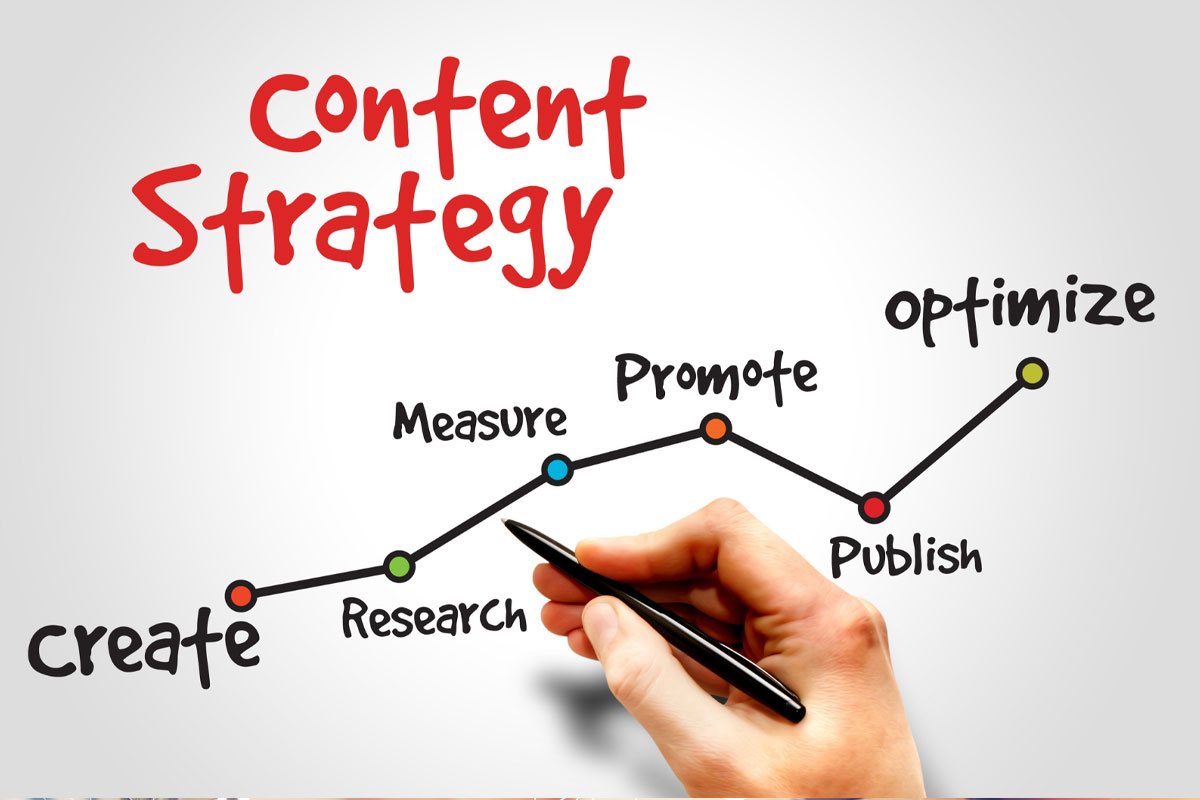
A well-defined content strategy is crucial for achieving SEO success. High-quality, keyword-rich content helps improve search engine rankings, drive organic traffic, and engage your target audience. This phase focuses on developing a content strategy aligned with SEO goals, creating new content, and updating and repurposing existing content.
Introduction to Content Strategy and Creation
Purpose and Importance of Content in SEO Content is a fundamental component of SEO. Search engines prioritize websites that offer valuable, relevant, and informative content to users. By creating and optimizing content, you can enhance your site’s visibility, attract more visitors, and convert them into customers.
Overview of the Content Strategy Process The content strategy process involves setting goals, identifying your target audience, conducting keyword research, creating high-quality content, and updating and repurposing existing content. Each step is essential for building a robust content framework that supports your SEO objectives.
Developing a Content Strategy Aligned with SEO Goals
Setting Content Goals
- Traffic Goals: Define objectives for increasing organic traffic through content creation.
- Engagement Goals: Set targets for user engagement metrics, such as time on page, bounce rate, and social shares.
- Conversion Goals: Establish goals for driving conversions, such as leads, sales, or sign-ups, through your content.
Identifying Target Audience and Personas
- Audience Research: Conduct research to understand your target audience’s demographics, interests, and pain points.
- Buyer Personas: Create detailed buyer personas to represent different segments of your audience and tailor your content to their needs and preferences.
Conducting Keyword Research
- Keyword Identification: Use tools like Google Keyword Planner, Ahrefs, or SEMrush to identify relevant keywords for your content.
- Keyword Prioritization: Prioritize keywords based on search volume, competition, and relevance to your audience.
- Long-Tail Keywords: Focus on long-tail keywords that are more specific and less competitive, as they can attract highly targeted traffic.
Creating High-Quality, Keyword-Rich Content
Content Types and Formats
- Blog Posts: Regularly publish blog posts on topics relevant to your audience and industry.
- Articles: Write in-depth articles that provide valuable insights and information.
- Guides and How-Tos: Create comprehensive guides and how-to articles that address common questions and challenges.
- Infographics and Videos: Use multimedia content like infographics and videos to enhance engagement and shareability.
Best Practices for Keyword Integration
- Title and Meta Tags: Include primary keywords in the title tag, meta description, and headers.
- Content Body: Integrate keywords naturally within the content, maintaining a focus on readability and user experience.
- Image Alt Text: Use keywords in image alt text to improve the accessibility and SEO value of your visuals.
Writing Engaging and Valuable Content
- Audience-Centric Approach: Write content that addresses the needs, interests, and pain points of your target audience.
- Clear and Concise: Ensure your content is clear, concise, and easy to understand.
- Actionable Insights: Provide actionable insights and practical tips that readers can apply.
Updating and Repurposing Existing Content
Auditing Existing Content
- Content Inventory: Conduct a content inventory to identify existing content that can be updated or repurposed.
- Performance Analysis: Analyze the performance of existing content using metrics like traffic, engagement, and conversions to identify opportunities for improvement.
Strategies for Updating Outdated Content
- Refresh Information: Update outdated information and statistics to keep content relevant and accurate.
- Enhance SEO: Optimize content with updated keywords, improved meta tags, and better internal linking.
- Improve Readability: Rewrite sections to improve clarity, readability, and engagement.
Repurposing Content for Different Formats and Channels
- Content Formats: Convert blog posts into videos, infographics, podcasts, or slideshows to reach a broader audience.
- Content Distribution: Share repurposed content across various channels, including social media, email newsletters, and guest posts on other websites.
Content Strategy Framework
| Element | Description | Best Practices |
|---|---|---|
| Content Goals | Define objectives for traffic, engagement, and conversions | Set specific, measurable, achievable goals |
| Target Audience | Understand demographics, interests, and pain points | Conduct audience research and create personas |
| Keyword Research | Identify and prioritize relevant keywords | Use keyword tools, focus on long-tail keywords |
| Content Types and Formats | Choose appropriate content types and formats | Use blog posts, articles, guides, infographics, videos |
| Keyword Integration | Integrate keywords naturally in content | Optimize title tags, meta descriptions, headers, and body text |
| Content Creation | Write engaging, valuable content | Focus on audience needs, provide actionable insights |
| Updating Existing Content | Refresh outdated content and improve SEO | Conduct content inventory, analyze performance, update information |
| Repurposing Content | Convert content into different formats | Use videos, infographics, podcasts, distribute across channels |
In the next article, we will dive into Phase 5: Link Building and Off-Page SEO, discussing how to build a strong backlink profile, implement outreach strategies, and leverage social media and PR for SEO.

